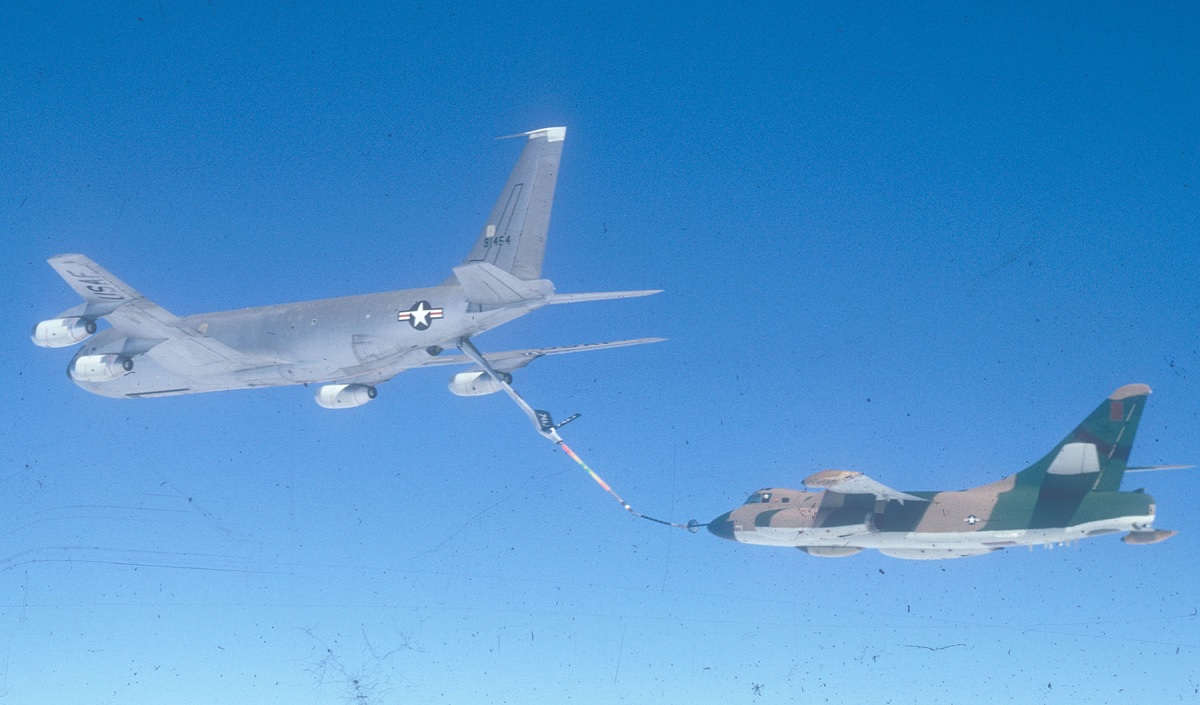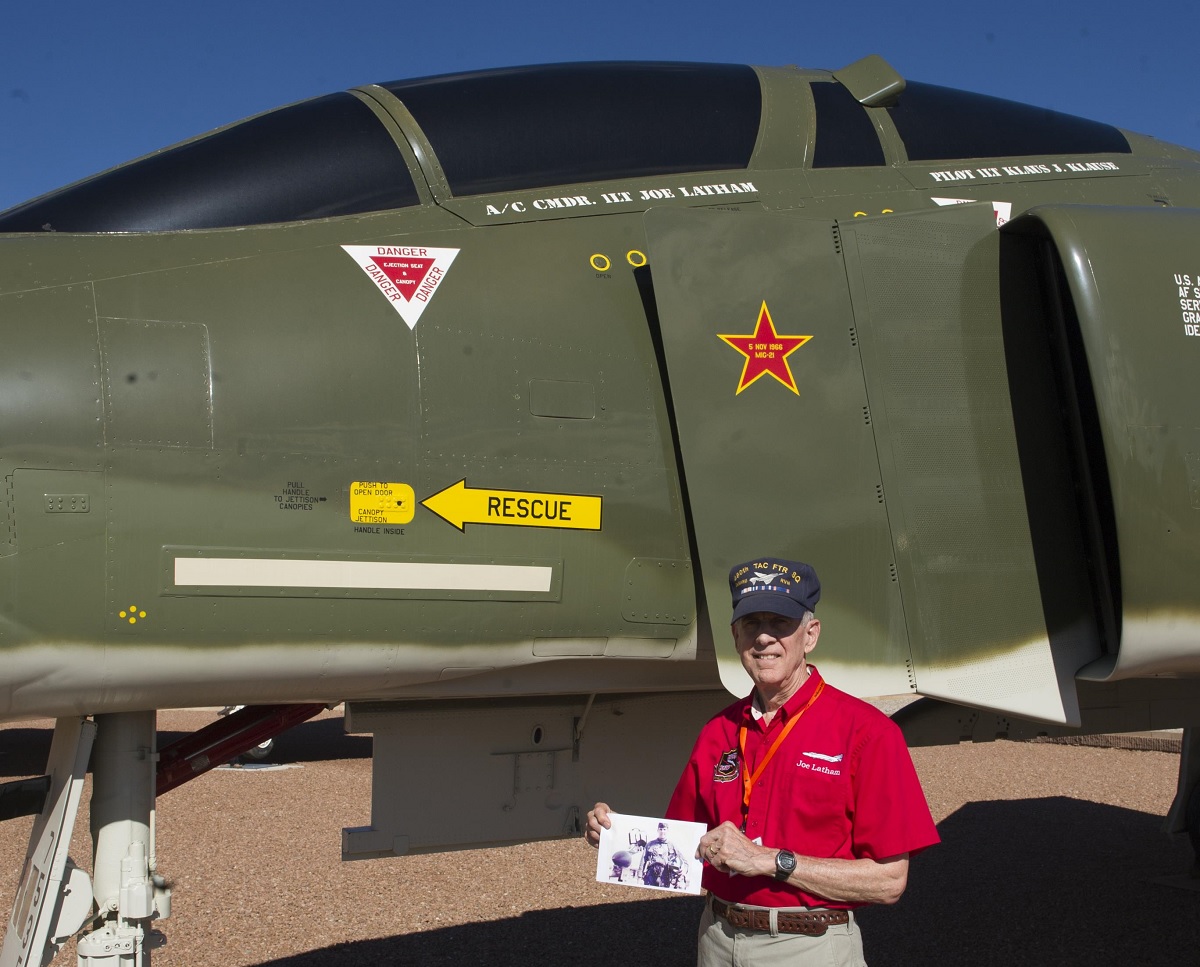Latham found that two further MiG-21s were redirected while en route to the dogfight after the mission
On November 5, 1966, two F-4 Phantom IIs (Opal flight) were escorting a Douglas EB-66 Destroyer in a slow-moving light bomber on a mission to jam radar. They were flying in a triangle formation behind the destroyer.
The F-4 pilots anxiously surveyed the skies ahead of them a mile apart, even though throughout the operation the skies were clear with only a few scattered clouds 35 miles north of Hanoi, Vietnam, and they were equipped with Sidewinder missiles and were aware that MiG-21s were in the region.
Two MiG-21s were first spotted on radar at a distance of 18 miles, according to Donald J. McCarthy, Jr. in his book MiG Killers: A Chronology of U.S. Air Victories in Vietnam, 1965-1973. The EB-66 was hit by an air-to-air missile fired by one of the advancing Fishbeds just as the aircraft began to spiral downward.

“We got attacked from 6 o’clock, and instead of trying to take us out first, they went right for the B-66,” said, then 1st Lt., Joe Latham, an F-4 Phantom pilot from the 366th Wing, deployed from Holloman Air Force Base (AFB), N.M. to Master Sgt. Matthew McGovern, 49th Wing Public Affairs in his article MiG-21 Destroyer visits Holloman, tells the story. “They launched a missile, which missed, and the B-66 broke off and spiraled down from 30,000 feet to 10,000, and ducked into a little cloud.”
Latham was at the back of the two-seater while Klaus Klause, who was then a 1st Lt., was in the front row. The flight leader and the other F-4 were being flown by Capt. Jim Tuck and 1st Lt. John Rabeni, both of the 366th Wing.

“As the MiGs tried to re-attack, we became daisy-chained; it was the B-66 with the MiG-21 behind it,” explained Latham.
It’s significant that the MiG pilots would have scored a great victory if they had shot down the EB-66.
“Jim Tuck was chasing that MiG, on his tail was the second MiG, and right behind him was me,” pointed out Latham.
A MiG-21 was too near and out of missile range behind Tuck. The adversary pilot had to move in order to gain some gap.
Flying the F-4C 63-7535 (Opal 02), Latham and Klause maneuvered into position to fire. When Latham used an AIM-9 to lock on to the MiG and got a good tone, he fired the missile, which burst close to the MiG’s tailpipe and forced the pilot to eject, as he explains “As the MiG started rolling into getting some space, I was able to get a lock on him and fire a Sidewinder that blew off part of his tail, and he immediately ejected.”

Instead, the lead F-4C 63-7541 (Opal 01), piloted by Maj. Tuck and 1st Lt. John J. Rabeni, fired a total of three Sparrow missiles at the advancing MiG, as Latham describes “Tuck chased the lead MiG-21 and fired three Sparrow Missiles that didn’t hit him. But, at the very last moment, the lead MiG pilot ejected. It was later surmised that he had a compressor stall or something like that.”
After the operation, Latham learned that two additional MiG-21s had been misdirected while en route to the dogfight.
“The scary part for me was if the other two MiGs found us five minutes later, we would’ve been shot down, run out of fuel, and either captured or killed,” concludes Latham.

Photo by Master Sgt. Matthew McGovern / U.S. Air Force

